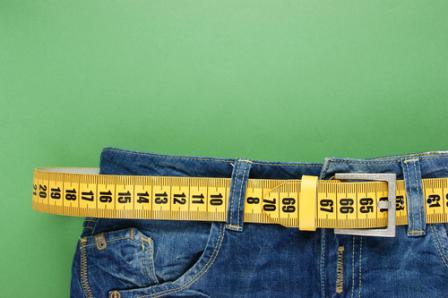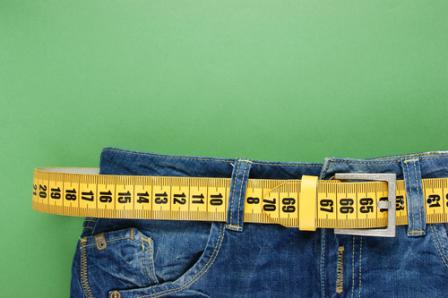
Focus! It’s not just for cameras. Life takes smarts to do it right. And not just smarts, but enough attention to actually learn something new. Or allow your creativity to create wonderful new realities for you. Or take sustained action. Or just put more than two thoughts together.
You can focus on many levels. If you’re creating a Black Curse to send all the inhabitants of the Enchanted Kingdom to a fishing village in Maine, you might need to sustain your focus for weeks or months. For that, you need project management, or Get-it-Done Groups. That will be a separate exercise.
Today, we’re talking about short-term focus. The kind of focus you need if you just want to write a coherent blog post. Or take your weekly deep dive into a fascinating new aspect of the mating habits of naked, blind mole-rats. Or come up with a strategy for convincing Eliza Dushku to make a guest appearance on your podcast.
Focus Is Hard. Really Hard.
Focus is a skill. And in a world that’s trying to distract you at every turn, you need to treat it like a skill. Practice. Really practice. So let’s break it down. We’ll master the “micro-skills” that go into focus.
Micro-skill 1: Eliminate External Interruptions
If you’re going to focus, you’re gonna focus. Take a moment and list all the ways the outside world can stomp on your psyche. Let me help:
- Your smartphone can pop up notifications, blings, and bings. Turn on Do Not Disturb mode, put it on silent (turn off vibrate as well), or just turn the entire thing off.
- Your computer can pop up notifications, blings, and bings. You probably need to work on your computer because everyone needs to work on the computer.
- Helpful coworkers knock on your office door. Close it and put a sign up saying “Non-emergency interruptions will be fed to my pet.” Don’t specify what the pet is. That makes it much scarier.
- Helpful boyfriends, girlfriends, spousal equivalents, and polyamorous family units knock on your home-office door. Close it and put a sign up saying “Non-emergency interruptions mean no nookie tonight. Letting me work undisturbed, however, makes me especially cuddly.”
- Your kids can demand you drive them to soccer practice. Which is weird, because they don’t even play soccer. Surgically implant GPS trackers under their skin and send them out to play wherever they want. All kids used to play that way. The world is far safer now than 20 years ago. They’ll be fine.
- The cat can demand to be let out. This is a cat we’re talking...


































